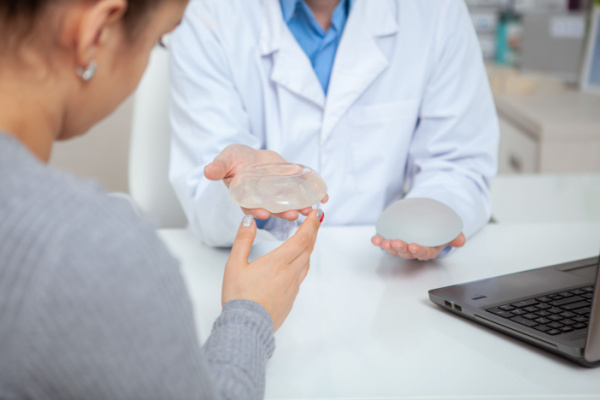March Is National Breast Implant Awareness Month. National Breast Implant Awareness Month was founded in March 2018 to help women make informed decisions about breast implants and to educate them about the risks associated with all kinds of breast implants. By bringing resources to women that are not readily available elsewhere, National Implant Awareness Month hopes to make a positive impact in the lives of women and improve their chances of preventing illness.
There may be several things that can go wrong with breast implants. For instance, there have been incidents of silicone gel from silicone implants leaking out and entering the bodies of women. This can be a serious risk, as silicone injections are no longer legal after they were associated with patient deaths.
Currently, women who have silicone implants are advised to undergo an MRI every few years to assess for leakage. Due to these risks and other reasons, many women eventually elect to have their implants removed, which can be an extensive and costly procedure.
Unfortunately, women who opted for textured implants have the additional issue of difficulty with their removal, due to their adherence to the breast tissue. This adherence has also been associated with infections related to bacteria pockets the adherence allows to form.
While smooth saline implants may be the safer option, they are not risk-free, as they too have been linked to bacteria growth.
In addition to implant malfunction, the U.S. Food and Drug Administration (FDA) has confirmed that people with breast implants have a higher risk of developing breast implant-associated anaplastic large-cell lymphoma and can also develop non-Hodgkin’s lymphoma. In fact, two years ago, the FDA warned healthcare providers that all breast implants can cause immune system cancer.
Breast implant recipients continue to report symptoms similar to those of autoimmune disorders including fatigue, muscle, and joint aches, fevers, dry eyes and mouth, and occasionally poor memory or concentration. Although not a medical diagnosis, these symptoms are commonly referred to as Breast Implant Illness (BII). The main symptoms of BII include:
- continuous swelling or pain around the breast implant, which may occur long after a surgical incision has healed or many years after implants are inserted
- fluid collection around the breast implant
- capsular contracture, which can cause a lump under the skin or thick scar tissue around the implant resulting in a misshapen appearance
In October 2021, the FDA took several new actions to strengthen breast implant risk communication and help those who are considering breast implants make informed decisions.
First, the FDA issued orders restricting the sale and distribution of breast implants to help ensure that patients considering breast implants are provided with adequate risk information so that they can make fully informed decisions.
Second, the FDA approved new labeling for all legally marketed breast implants that include:
- Boxed warning.
- Patient decision checklist, which must be reviewed with the prospective patient by the health care provider to help ensure the patient understands the risks, benefits, and other information about the breast implant device. The patient must be given the opportunity to initial and sign the patient decision checklist and it must be signed by the physician implanting the device.
- Updated silicone gel-filled breast implant rupture screening recommendations.
- Device description with a list of specific materials in the device.
- Patient device card.
Finally, the FDA released updated information on the status of breast implant manufacturer post-approval studies. For more information, see FDA Strengthens Safety Requirements and Updates Study Results for Breast Implants.
—
Photo Credit: MAD_Production / Shutterstock.com
